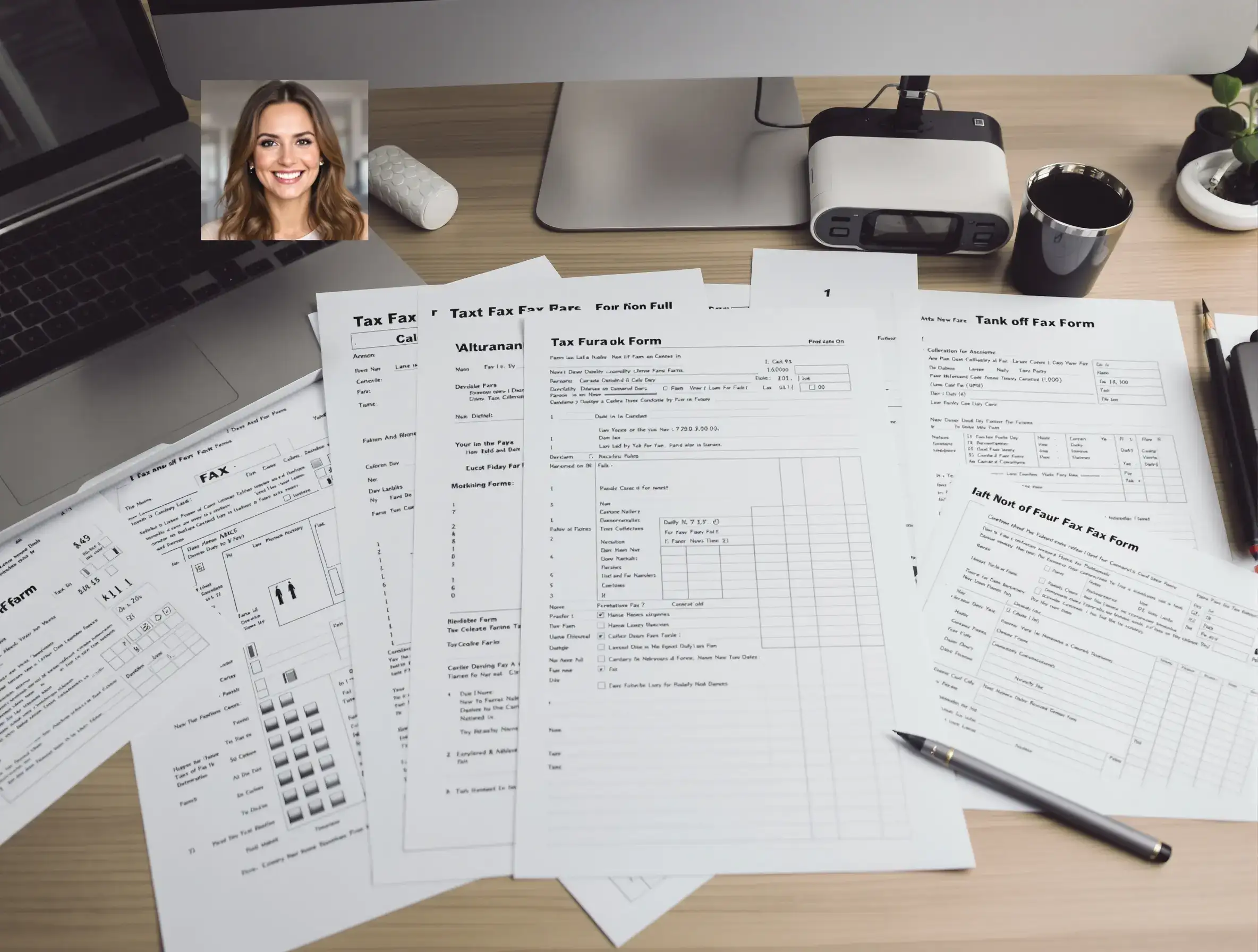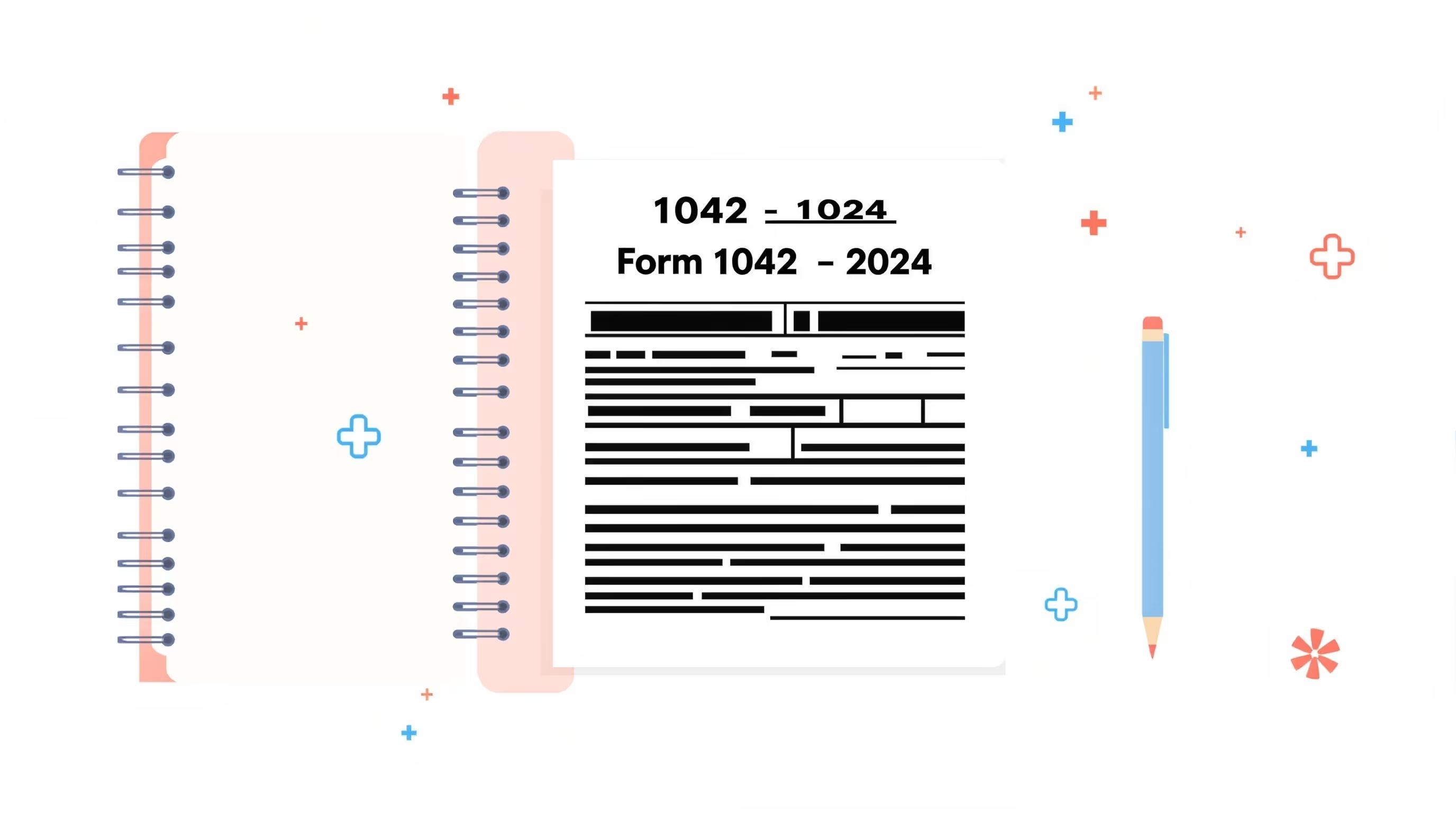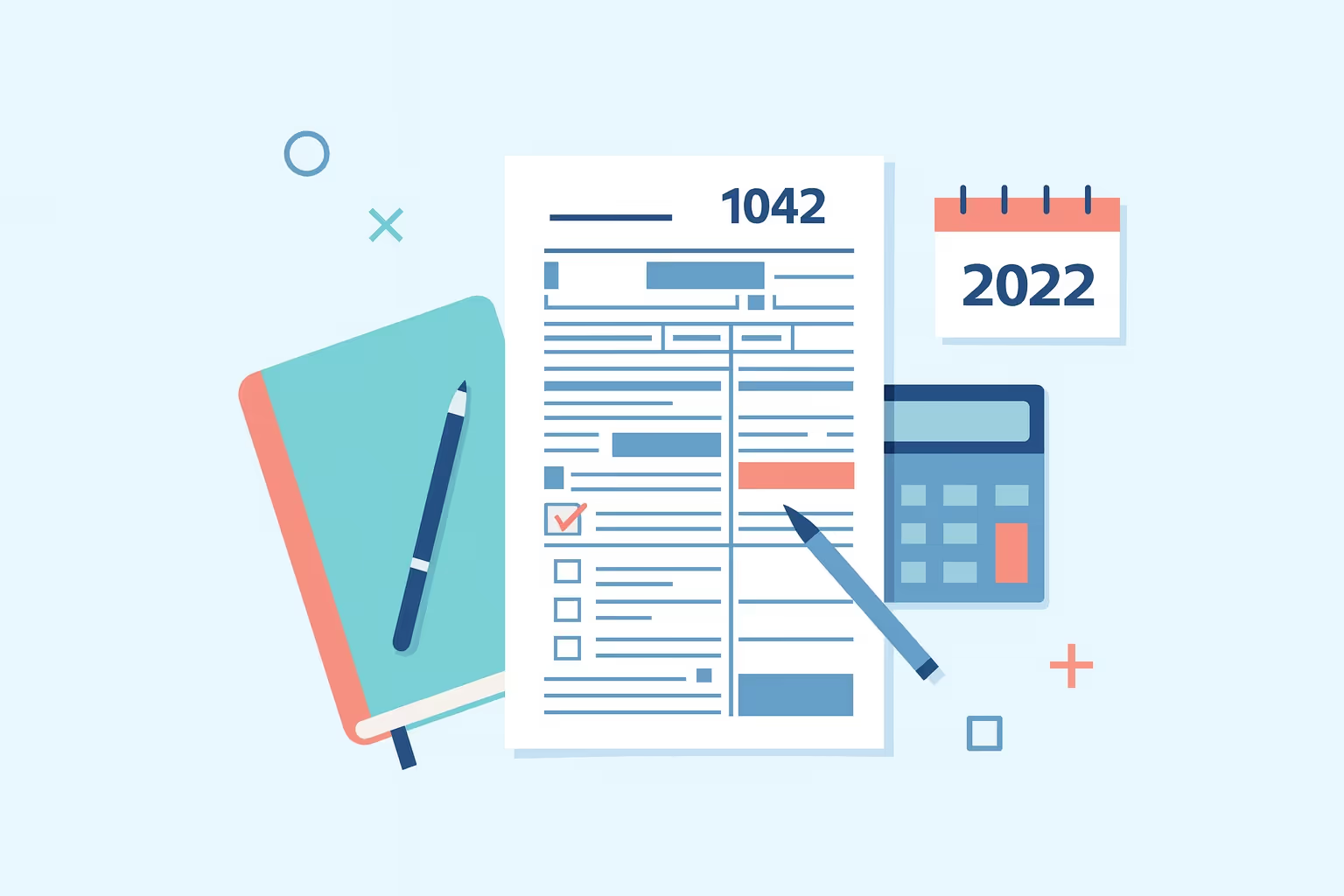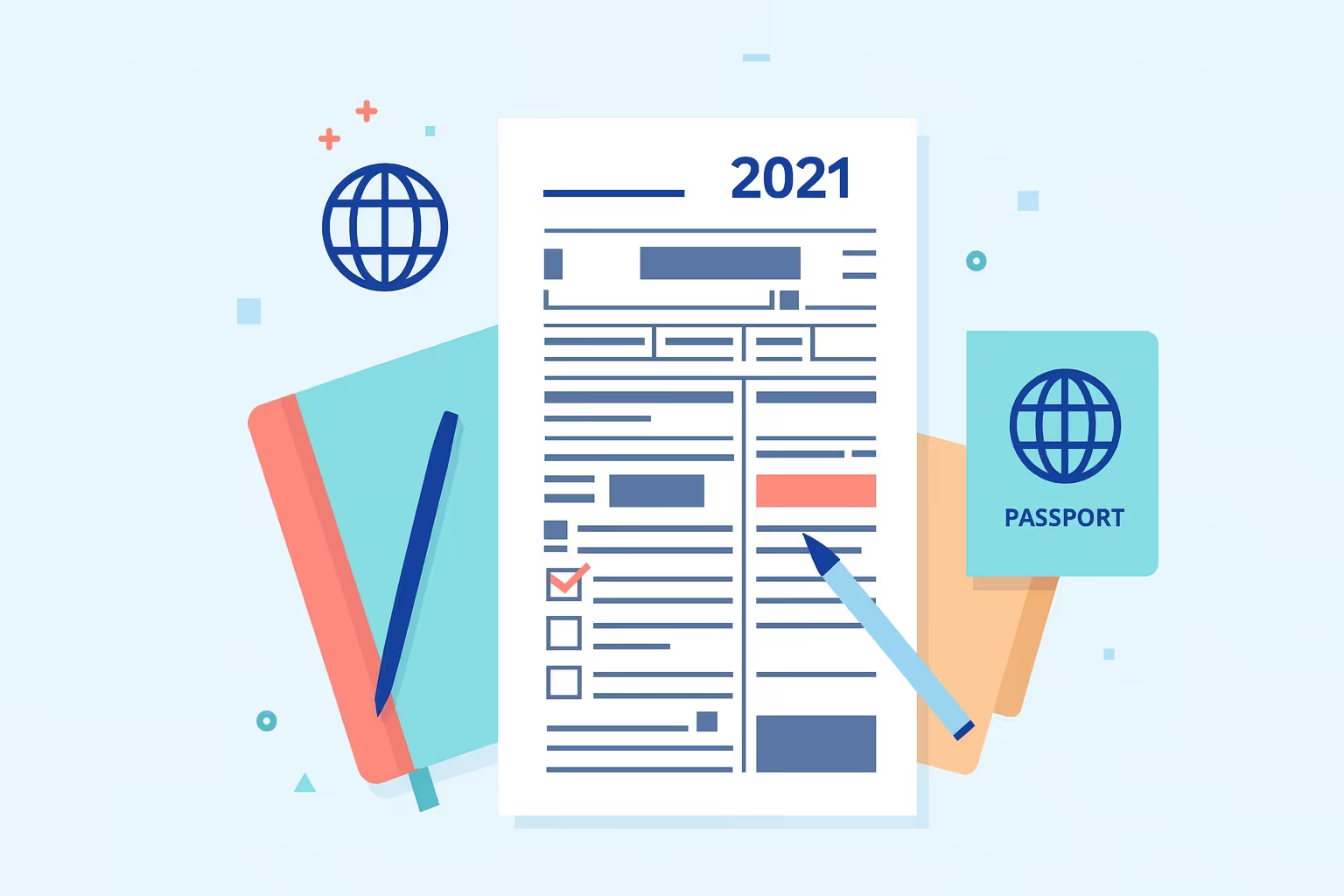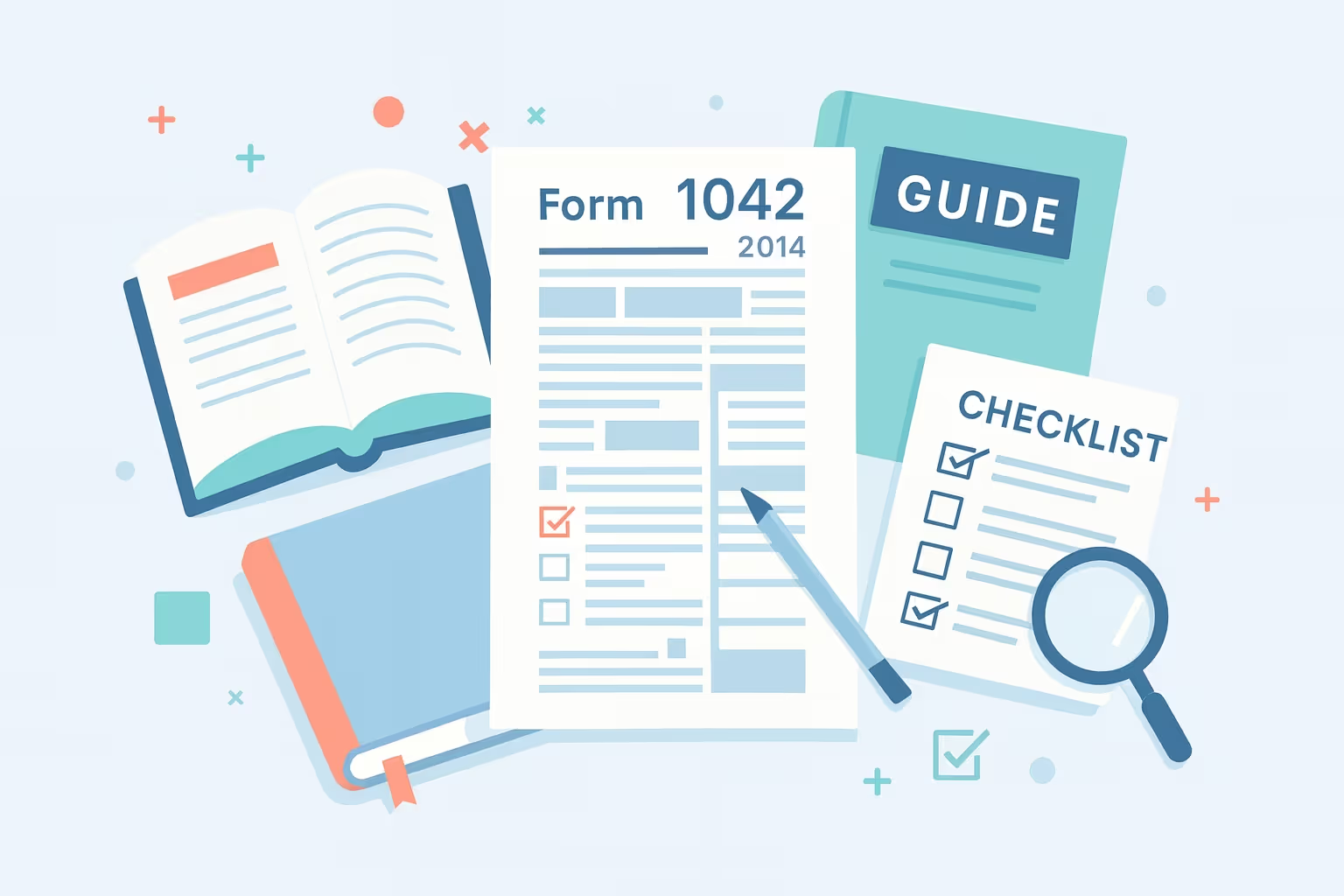
Para qué sirve el formulario 1042
El formulario 1042 es la declaración anual de impuestos que las empresas y personas estadounidenses (denominadas «agentes de retención») deben presentar para declarar los impuestos sobre la renta retenidos de los pagos realizados a personas extranjeras. Considéralo el primo internacional del sistema W-2: cuando pagas dinero a alguien fuera de los Estados Unidos, con frecuencia tienes que retener una parte de los impuestos y declararla al IRS.
¿Quién debe presentar la solicitud? Cualquier persona u organización que controle, reciba o pague ciertos tipos de ingresos de origen estadounidense a personas o entidades extranjeras. Esto incluye corporaciones, sociedades, fideicomisos, sucesiones, organizaciones sin fines de lucro e incluso personas que realizan pagos relacionados con negocios. Se le considera un «agente de retención» si tiene el control sobre los pagos de ingresos sujetos a retención, y esa función conlleva la responsabilidad legal.
El formulario cubre varios tipos de ingresos pagados a personas extranjeras: intereses, dividendos, alquileres, regalías, compensación por servicios prestados en los EE. UU., distribuciones de pensiones, ganancias de juegos de azar e ingresos comerciales relacionados de manera efectiva. Para 2011, el formulario también incluía un nuevo impuesto especial del 2% sobre los «pagos específicos de adquisiciones federales», es decir, el dinero pagado en virtud de contratos gubernamentales celebrados después del 1 de enero de 2011 por bienes fabricados o servicios prestados en países sin acuerdos de adquisición internacional con los Estados Unidos.
Es importante destacar que debe presentar el formulario 1042 incluso si en realidad no retuvo ningún impuesto, tal vez porque un tratado tributario eliminó el impuesto o porque los ingresos reunían los requisitos para una exención. El IRS aún quiere saber acerca de estos pagos. El formulario 1042 funciona de la mano con el formulario 1042-S, que proporciona información detallada a nivel del destinatario, y el formulario 1042-T, que transmite copias impresas del formulario 1042-S.
Cuándo lo usaría (fechas de vencimiento, presentación tardía y declaraciones modificadas)
Fecha límite estándar
El formulario 1042 para el año calendario 2011 vencía el 15 de marzo de 2012. Envíelo por correo a: Ogden Service Center, P.O. Box 409101, Ogden, UT 84409. Esta fecha límite se aplica tanto a la declaración propiamente dicha como a los formularios 1042-S adjuntos (declaraciones de destinatarios individuales).
Solicitudes de extensión
Si necesita más tiempo, presente el formulario 7004 (solicitud de prórroga automática para presentar determinadas declaraciones de impuestos sobre la renta, información y otras declaraciones comerciales) antes de la fecha límite del 15 de marzo. Esto otorga una prórroga automática para presentar la declaración, pero lo que es más importante, no extiende el plazo para pagar los impuestos adeudados. Aun así, debes depositar todos los impuestos retenidos a tiempo, o te enfrentarás a multas e intereses incluso si se aprueba tu prórroga de presentación.
Presentación tardía
El incumplimiento de la fecha límite conlleva graves consecuencias. La multa por presentar la declaración fuera de plazo es del 5% del impuesto pendiente de pago por cada mes (o parte de un mes) en que la declaración se retrase, con una multa máxima del 25% del impuesto impagado. El pago atrasado conlleva una multa separada del 0,5% del impuesto no pagado por mes, que también tiene un límite del 25%. Estas multas se agravan: si presentas la solicitud y pagas con retraso, se aplican ambas multas. Además, se acumulan intereses sobre todos los impuestos impagos desde la fecha de vencimiento hasta el pago, calculados según las tasas determinadas en la sección 6621 del Código de Impuestos Internos.
Devoluciones modificadas
¿Descubriste un error después de archivarlo? Use otro formulario 1042 (para 2011) y marque la casilla «Declaración enmendada» en la parte superior. Debe completar todo el formulario con la información corregida y adjuntar una declaración detallada en la que explique qué es lo que va a cambiar y por qué (por ejemplo, «corregir un error matemático en el cálculo de la obligación tributaria de mayo»). Si también vas a modificar el formulario 1042-S, sigue los procedimientos de modificación separados que figuran en las instrucciones del formulario 1042-S. Sin embargo, no modifique el formulario 1042 únicamente para recuperar los impuestos que descubrió que habían sido retenidos en exceso en un año anterior; existen procedimientos de ajuste distintos para esa situación.
Normas y requisitos clave para 2011
Requisitos de depósito
El año tributario de 2011 marcó un cambio significativo: los agentes de retención estaban obligados a realizar todos los depósitos de impuestos electrónicamente mediante el Sistema electrónico de pago de impuestos federales (EFTPS). No utilizar el EFTPS podría resultar en una multa del 10%. El calendario de depósitos depende de la cantidad de impuestos que retenga:
- 2000$ o más al final del trimestre (7, 15, 22 o último día del mes): deposite en un plazo de 3 días hábiles
- De 200 a 1.999$ al final del mes: deposite dentro de los 15 días posteriores al final del mes
- Menos de 200$ al final del año: deposite antes del 15 de marzo de 2012 o pague con su formulario 1042
Para que los depósitos del EFTPS lleguen a tiempo, debe iniciarlos antes de las 8 p. m., hora del este, del día anterior a la fecha de vencimiento. Planificar con antelación es fundamental: los pagos por transferencia bancaria el mismo día están disponibles como una opción alternativa, pero requieren arreglos anticipados con la institución financiera y, por lo general, conllevan comisiones.
Umbral de presentación electrónica
Si presenta 250 o más formularios 1042-S, la presentación electrónica era obligatoria en 2011. Este requisito se aplica por separado a las declaraciones originales y modificadas. El IRS alentó la presentación electrónica incluso por debajo de este umbral a través del sistema de presentación electrónica de declaraciones informativas (FIRE). Los agentes de retención que necesiten exenciones por dificultades económicas pueden solicitarlas mediante el formulario 8508, presentado al menos 45 días antes de la fecha límite.
Situaciones especiales
Intermediarios calificados (QI) y asociaciones o fideicomisos extranjeros de retención
Estas entidades deben usar sus números de identificación especiales (QI-EIN, WP-EIN o WT-EIN) y marcar la casilla correspondiente en el formulario.
Alianzas que cotizan en bolsa
Para 2011, estas asociaciones tenían reglas especiales de presentación de informes para las distribuciones de ingresos efectivamente relacionados a socios extranjeros, incluidas reglas de calendario específicas para la presentación del Anexo K-1.
Ajustes de retención excesiva
Si descubrió que había retenido demasiados impuestos antes del 15 de marzo de 2012, podría reembolsar al destinatario y reducir sus depósitos. Después de esa fecha, se aplicarán procedimientos de reembolso o compensación más complejos.
Proceso de presentación paso a paso (nivel alto)
Paso 1: Determine su obligación de presentación
Revisa todos los pagos que hiciste a personas extranjeras durante 2011. ¿Pagó algún ingreso anual o periódico (FDAP) fijo o determinable (FDAP): dividendos, intereses, alquileres, regalías, compensaciones, pensiones u otros ingresos calificados? ¿Realizó algún pago de adquisiciones federales en virtud de contratos de bienes o servicios extranjeros? Si la respuesta es afirmativa a cualquiera de las preguntas, es probable que tengas que presentarla.
Paso 2: Obtenga su EIN
Necesita un número de identificación del empleador. Si eres un agente de retención estándar, usa tu EIN habitual. Si es un residente de QI, WP o WT, necesitará un EIN especial que obtendrá enviando el formulario SS-4 junto con su solicitud de estatus a: Internal Revenue Service LB&I: International: QI Group, 1031 290 Broadway, 12th floor, Nueva York, NY 10007-1867.
Paso 3: Mantener registros de depósito adecuados
A lo largo de 2011, debería haber realizado depósitos puntuales mediante el EFTPS según el cronograma descrito anteriormente. Mantenga un registro meticuloso de todos los depósitos en el «Registro de obligaciones tributarias federales» (la sección de desglose mensual del formulario 1042). Este registro debe coincidir con su actividad de depósito real; el IRS los comparará.
Paso 4: Preparar los formularios 1042-S
Antes de completar el formulario 1042, cree formularios 1042-S individuales para cada destinatario que haya recibido ingresos declarables. Cada formulario identifica al destinatario, el tipo de ingreso, el ingreso bruto pagado, el impuesto federal retenido y cualquier exención o beneficio convencional aplicable. Recuerde: si presenta más de 250 en papel, debe hacerlo electrónicamente.
Paso 5: Complete el formulario 1042
Partiendo de sus formularios 1042-S y registros de depósitos, complete el formulario 1042:
- Líneas 1-60: Indique la obligación tributaria correspondiente a cada período de 2011 (desglosada por períodos trimestrales que coincidan con su calendario de depósitos)
- Línea 61: Introduzca el número total de formularios 1042-S presentados
- Líneas 62a-62b: Concilie el ingreso bruto total y los impuestos retenidos de todos los formularios 1042-S
- Línea 63a: Ingresa el total de tu registro de obligaciones tributarias federales
- Líneas 64-66: Informe los depósitos realizados, los sobrepagos del año anterior y los créditos de otros agentes de retención
- Línea 71: Calcule el impuesto especial del 2% sobre los pagos de adquisiciones federales específicos (si corresponde)
Paso 6: Conciliar y verificar
Esto es crucial: los montos de su Formulario 1042 deben coincidir con los totales de sus Formularios 1042-S. La línea 62b (total de impuestos retenidos según los formularios 1042-S) debe ser igual a la línea 63c (obligación tributaria total ajustada). Los desajustes provocan la correspondencia del IRS y las posibles auditorías.
Paso 7: Archivar y transmitir
Envíe el formulario 1042 a la dirección del Centro de Servicio de Ogden antes del 15 de marzo de 2012. Si presenta los formularios 1042-S en papel, utilice el formulario 1042-T para transmitirlos (un formulario 1042-T por tipo de ingreso). Si presenta el formulario 1042-S electrónicamente, siga enviando por correo el formulario 1042 impreso; la presentación electrónica de la declaración principal no era obligatoria en 2011.
Errores comunes y cómo evitarlos
Error #1: No conciliar los formularios 1042-S con el formulario 1042
El error más frecuente es la falta de coincidencia de los totales entre los formularios de los destinatarios individuales y la declaración principal. Prevención: Antes de finalizar el formulario 1042, sume todos los montos de la casilla 2 (ingresos brutos) de cada formulario 1042; esto debe ser igual a la línea 62a. Del mismo modo, suma la casilla 9 (impuesto neto) menos la casilla 10 (impuesto retenido por otros agentes) de todos los formularios 1042-S; esto debe coincidir con la línea 62b. Usa una hoja de cálculo para llevar un registro de estos cálculos.
Error #2: Presentación duplicada (electrónica y en papel)
La presentación de los mismos formularios 1042-S de forma electrónica y en papel crea registros duplicados en el sistema del IRS, lo que genera avisos de penalización. Prevención: Elige un método y apégate a él. Si presenta la declaración electrónicamente, mantenga registros cuidadosos, pero no envíe también copias impresas por correo. El sistema FIRE proporciona una confirmación: espere a que la transmisión se confirme correctamente antes de considerar que la presentación está completa.
Error #3: Faltan tiempos de depósito o son incorrectos
Muchos agentes de retención calculan incorrectamente cuándo vencen los depósitos, lo que conlleva multas por no depositar. Prevención: Crea un calendario que marque todos los plazos trimestrales y mensuales. Recuerde que los depósitos deben iniciarse antes de las 8 p. m., hora del este, del día anterior a la fecha de vencimiento cuando utilice el EFTPS. Tiempo de almacenamiento adicional: no espere hasta el último minuto.
Error #4: Declarar los ingresos en líneas incorrectas
Las 60 líneas de responsabilidad corresponden a períodos de tiempo específicos a lo largo del año. Algunos declarantes agrupan incorrectamente todas las responsabilidades o las declaran en los períodos incorrectos. Prevención: Indique la responsabilidad por el período en que se distribuyeron los ingresos o, en el caso de las sociedades, cuando se proporcionó el Anexo K-1 a socios extranjeros (o su fecha de vencimiento, lo que ocurra primero). Para el nuevo impuesto especial de 2011, declare el pasivo correspondiente al período en que se efectuó el pago de la adquisición.
Error #5: Manejo incorrecto de la retención excesiva
Los agentes de retención que descubren que retuvieron demasiado a menudo ajustan incorrectamente las declaraciones del año anterior o no siguen los procedimientos adecuados. Prevención: Si descubres una retención excesiva antes del 15 de marzo de 2012, puedes reembolsar al destinatario y reducir tu obligación tributaria de 2011 en las líneas correspondientes. Si lo descubres más adelante, utiliza el procedimiento de reembolso (paga con tus propios fondos antes del 15 de marzo del año siguiente) o el procedimiento de compensación (reduce las retenciones futuras). Nunca modifique un formulario 1042 de un año anterior para recuperar la retención excesiva descubierta después del 15 de marzo.
Error #6: Olvidar el nuevo impuesto especial
El impuesto especial del 2% sobre los pagos específicos de adquisiciones federales se introdujo por primera vez en 2011 y muchos agentes de retención no lo hicieron. Prevención: Revise todos los pagos realizados en virtud de los contratos de adquisición federales celebrados después del 1 de enero de 2011. Si los productos se fabricaron o los servicios se prestaron en países que no tienen acuerdos de adquisición internacionales con EE. UU., debes pagar un impuesto especial del 2%. Consulta la lista actual de países en el sitio web de la Oficina del Representante Comercial de los Estados Unidos (pestaña de Contratación Pública), tal y como se indica en las instrucciones del IRS.
Qué sucede después de presentar la solicitud
Cronograma de procesamiento
El IRS procesa el formulario 1042 en el Centro de Servicio de Ogden. El procesamiento suele tardar entre 6 y 8 semanas en el caso de devoluciones sin errores. Durante este tiempo, el IRS compara su formulario 1042 con todos los formularios 1042-S asociados para verificar la conciliación.
Reembolsos o pagos adicionales
Si la línea 69 muestra un sobrepago, puede elegir (línea 70) recibir un reembolso o aplicar el crédito a sus depósitos de retención de impuestos de 2012. Los reembolsos suelen llegar entre 6 y 12 semanas después de su procesamiento. Si adeuda impuestos adicionales (línea 68), envíe el pago junto con su declaración para evitar cargos por intereses adicionales.
Verificación y correspondencia
Espere recibir correspondencia si el IRS identifica discrepancias. Los factores desencadenantes más comunes incluyen: la falta de coincidencia de los totales entre el formulario 1042 y el formulario 1042-S, los montos de los depósitos que no coinciden con el pasivo declarado, la falta del formulario 1042-S o los errores matemáticos. El IRS enviará un aviso explicando el problema y solicitando correcciones o información adicional. Responda con prontitud (normalmente en un plazo de 30 días) para minimizar las multas.
Potencial de auditoría
El formulario 1042 se puede seleccionar para la auditoría, especialmente si usted informa sobre beneficios importantes en virtud de un tratado, patrones de pago inusuales o tiene un historial de errores de presentación. El IRS tiene tres años a partir de la fecha de presentación para auditar (más si se encuentran errores sustanciales). Durante una auditoría, tendrás que proporcionar la documentación que respalde todos los pagos declarados, el estado del destinatario, los registros de depósitos y las reclamaciones en virtud de tratados.
Evaluación de penalizaciones
Si se aplican multas, el IRS las calculará y enviará una notificación. Verás distintas evaluaciones por presentación tardía (5% al mes), retraso en el pago (0,5% mensual), falta de depósito (entre el 2 y el 15%, según la demora) y no presentación correcta del formulario 1042-S (varía según el tipo de error). Los intereses se acumulan sobre todos los montos impagos. Puede solicitar la reducción de la multa si tiene una causa razonable: presente el formulario 843 con la documentación de respaldo.
Retención de registros
Guarde copias de su formulario 1042, todos los formularios 1042-S, los registros de depósito y la documentación de respaldo durante al menos tres años después de la fecha límite de presentación. En la práctica, consérvalas durante más tiempo si tienes pendientes reclamaciones en virtud de tratados o acuerdos internacionales complejos; siete años es prudente en el caso de los registros tributarios internacionales.
Preguntas frecuentes
Pregunta 1: Hice pagos a personas extranjeras, pero no retuve nada debido a un tratado fiscal. ¿Aún tengo que presentar el formulario 1042?
Yes. Form 1042 is required whenever you're responsible for filing Forms 1042-S, regardless of whether tax was actually withheld. Treaty-exempt payments still must be reported—you'll show zero withholding but must document the payment and treaty claim. The IRS uses this information to verify that treaty benefits were properly claimed and to share information with treaty partner countries.
Q2: What's the difference between Form 1042, Form 1042-S, and Form 1042-T?
Form 1042 is your annual return summarizing total withholding tax liability—think of it as the cover page. Form 1042-S provides individual recipient details (similar to how a W-2 reports to each employee)—you file one for each foreign person/entity who received income. Form 1042-T is simply a transmittal form to send paper Forms 1042-S to the IRS—it's like a packing slip listing what you're mailing. If filing Forms 1042-S electronically, you don't need Form 1042-T.
Q3: I'm both a QI for some accounts and a regular withholding agent for others. How do I file?
File separate Forms 1042—one for your QI capacity and another for your non-QI capacity. Each form should have the appropriate EIN (QI-EIN for qualified intermediary activities, regular EIN for standard withholding) and the correct checkbox marked. Keep the activities completely segregated to avoid confusion. The same principle applies if you're acting as a withholding foreign partnership or trust for some payments.
Q4: What if I discover I overwithheld tax after March 15, 2012?
You have two options: the reimbursement procedure or set-off procedure. For reimbursement, repay the beneficial owner with your own funds by March 15, 2013. Keep a receipt showing the date and amount, and provide a copy to the recipient. You can then reduce your 2012 deposits by the amount repaid. For set-off, reduce future withholding on payments to the same person before the earlier of when you file their 2011 Form 1042-S or March 15, 2013. Do not amend the 2011 Form 1042—report the adjustment on your 2012 return instead.
Q5: My deposit for one quarter-monthly period was late. How is the failure-to-deposit penalty calculated?
The penalty ranges from 2% to 15% of the undeposited amount, depending on how late you were: 2% if deposited 1-5 days late, 5% if 6-15 days late, 10% if 16+ days late or within 10 days of receiving an IRS notice, and 15% if still unpaid more than 10 days after the notice. The IRS calculates this automatically—you don't self-assess it on Form 1042 for 2011 (the self-assessment line was deleted that year). If you have reasonable cause for the late deposit, request penalty abatement in writing.
Q6: Can I file Form 1042 electronically?
For 2011, electronic filing of Form 1042 itself was not mandatory—you mailed it to Ogden even if you filed Forms 1042-S electronically. Only the Forms 1042-S had an electronic filing requirement (if 250+). However, the IRS encouraged electronic filing of Forms 1042-S regardless of volume. Note that in later years, electronic filing requirements expanded significantly, but for 2011, paper filing of Form 1042 was the standard procedure.
Q7: I paid bank deposit interest to foreign persons. Do I need to report this?
Generally, no—U.S.-source bank deposit interest paid to foreign persons is usually not subject to withholding or reporting, provided it's not effectively connected with a U.S. trade or business. However, there's an important exception: if you paid $10 or more in bank deposit interest to Canadian residents (who are not U.S. citizens), you must report it on Form 1042-S using income code 29 and exemption code 02. Include an information contact phone number on the recipient's copy and a statement that the information is being provided to both the IRS and may be shared with the Canadian government.
For More Information: All forms, instructions, and Publication 515 (Withholding of Tax on Nonresident Aliens and Foreign Entities) are available at IRS.gov. For tax law questions, call 267-941-1000 (not toll-free), weekdays 6:00 a.m. to 11:00 p.m. Eastern time, or write to: Internal Revenue Service, International Section, Philadelphia, PA 19255-0725.
This guide is based on the official 2011 Instructions for Form 1042, 2011 Form 1042, and 2011 Instructions for Form 1042-S published by the Internal Revenue Service.






